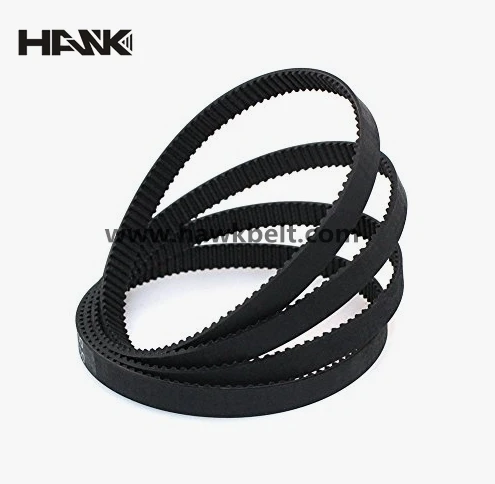- Arabic
- French
- Russian
- Spanish
- Portuguese
- Turkish
- Armenian
- English
- Albanian
- Amharic
- Azerbaijani
- Basque
- Belarusian
- Bengali
- Bosnian
- Bulgarian
- Catalan
- Cebuano
- Corsican
- Croatian
- Czech
- Danish
- Dutch
- Afrikaans
- Esperanto
- Estonian
- Finnish
- Frisian
- Galician
- Georgian
- German
- Greek
- Gujarati
- Haitian Creole
- hausa
- hawaiian
- Hebrew
- Hindi
- Miao
- Hungarian
- Icelandic
- igbo
- Indonesian
- irish
- Italian
- Japanese
- Javanese
- Kannada
- kazakh
- Khmer
- Rwandese
- Korean
- Kurdish
- Kyrgyz
- Lao
- Latin
- Latvian
- Lithuanian
- Luxembourgish
- Macedonian
- Malgashi
- Malay
- Malayalam
- Maltese
- Maori
- Marathi
- Mongolian
- Myanmar
- Nepali
- Norwegian
- Norwegian
- Occitan
- Pashto
- Persian
- Polish
- Punjabi
- Romanian
- Samoan
- Scottish Gaelic
- Serbian
- Sesotho
- Shona
- Sindhi
- Sinhala
- Slovak
- Slovenian
- Somali
- Sundanese
- Swahili
- Swedish
- Tagalog
- Tajik
- Tamil
- Tatar
- Telugu
- Thai
- Turkmen
- Ukrainian
- Urdu
- Uighur
- Uzbek
- Vietnamese
- Welsh
- Bantu
- Yiddish
- Yoruba
- Zulu
Dec . 11, 2024 09:08 Back to list
Understanding the Differences Between Timing Belts and Chains in Engine Performance
Timing Belts and Chains Understanding the Heart of Engine Mechanics
In the world of automotive engineering, few components are as crucial yet often overlooked as timing belts and chains. These components are fundamental to the proper functioning of an internal combustion engine, ensuring that the engine's valves open and close at the correct times in relation to the position of the pistons. To comprehend their importance, it's essential to explore their functions, variations, maintenance, and the implications of failure.
What are Timing Belts and Chains?
A timing belt is a reinforced rubber band with teeth that link the crankshaft to the camshaft, ensuring synchronized rotation. Meanwhile, a timing chain serves a similar function but is made of metal links, providing a more durable solution. Both components are responsible for the timing of the engine's valves, which must be in sync with the movement of the pistons. The rotation of these components is influenced by the engine's operation, and any delay or dissonance can lead to catastrophic engine failure.
The Role of Timing Mechanisms
The primary role of timing belts and chains is to facilitate the precise coordination of engine components. In a typical four-stroke engine, the intake and exhaust valves must open and close at specific intervals to allow air and fuel in and exhaust out. The timing belt or chain ensures that these actions happen at the correct timings, optimizing engine performance and efficiency.
Timing belts are typically made of high-quality rubber reinforced with fiber and other materials that allow them to withstand high temperatures and wear. Timing chains, on the other hand, are more robust, making them advantageous for high-performance vehicles that demand durability under extreme conditions. Each system has its own pros and cons. Timing belts are generally quieter and lighter but need regular replacement, typically every 60,000 to 100,000 miles. Timing chains, while more robust and capable of lasting longer, can sometimes generate more noise and require more complex replacement procedures when worn.
Maintenance and Replacement
timing belt and chain

Regular maintenance of timing belts and chains is crucial for the longevity and reliability of an engine. For timing belts, manufacturers usually provide a replacement interval that car owners should strictly follow. Ignoring these recommendations can lead to belt wear, leading to potential breakage, which could result in serious engine damage. When a timing belt breaks, it can cause the pistons to collide with the valves, bending or breaking them and resulting in costly repairs.
Timing chains, in contrast, tend to have a longer lifespan but are not immune to wear. Factors such as oil quality and engine condition can affect the longevity of chains, and a failure in this system can also lead to catastrophic engine outcomes. Regular inspections can help identify wear and tear, allowing for proactive replacements before issues arise.
Signs of Wear and the Consequences of Failure
Both timing belts and chains can exhibit signs of wear and need immediate attention. Symptoms of a failing timing belt may include unusual engine noises, difficulty starting the engine, or visible cracks and fraying when inspected. For timing chains, look for rattling sounds from the engine, especially on startup, which may indicate chain slack or a failing tensioner.
The consequences of engine failure due to a malfunctioning timing belt or chain can be severe. Aside from the immediate cost of repairs, which could run into thousands of dollars, there is the added inconvenience of being stranded or experiencing unexpected breakdowns on the road. Thus, being proactive and adhering to manufacturer guidelines regarding maintenance is critical.
Conclusion A Small Component with Major Impact
In conclusion, timing belts and chains may be small components in the grand mechanism of an engine, but they hold immense responsibility. Understanding their function, recognizing the importance of maintenance, and being aware of the signs of wearing can help car owners prevent severe engine failures. Whether your vehicle uses a timing belt or a timing chain, ensuring these components are in good condition is key to maintaining overall engine health and performance. Regular checks and timely replacements can save a considerable amount in both repairs and aggravation, allowing motorists to keep their engines running smoothly for years to come.
-
Korean Auto Parts Timing Belt 24312-37500 For Hyundai/Kia
NewsMar.07,2025
-
7PK2300 90916-T2024 RIBBED BELT POLY V BELT PK BELT
NewsMar.07,2025
-
Chinese Auto Belt Factory 310-2M-22 For BMW/Mercedes-Benz
NewsMar.07,2025
-
Chinese Auto Belt Factory 310-2M-22 For BMW/Mercedes-Benz
NewsMar.07,2025
-
90916-02660 PK Belt 6PK1680 For Toyota
NewsMar.07,2025
-
drive belt serpentine belt
NewsMar.07,2025

